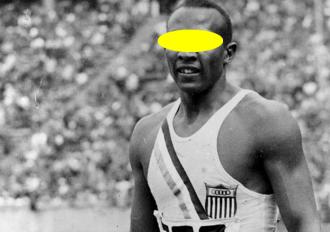
Police investigation
A lady dies and the police finds out she was the madam at an illegal brothel They find her black book of workers and clients so they assign Bill, an older, widowed detective to talk to the women to find out more about the operation. They figure as an older man Bill won't be as enticed as younger detectives by the pretty young women.
A few weeks into the investigation Bill goes to his supervisor and says he needs to be relieved of the case because of a conflict of interest. The supervisor asks what he means.
"Well," Bill says, "All was going well and I was getting good info from the girls, but then the last woman in the book was Cindy, a sweet, beautiful and funny 59 year old. We met a couple of times and to make a long story short, we started dating and have now become an item."
The supervisor looks at Bill and says "I can't believe it Bill. Thirty eight years on the job, 2 years away from retirement, and you fell for the oldest trick in the book."

